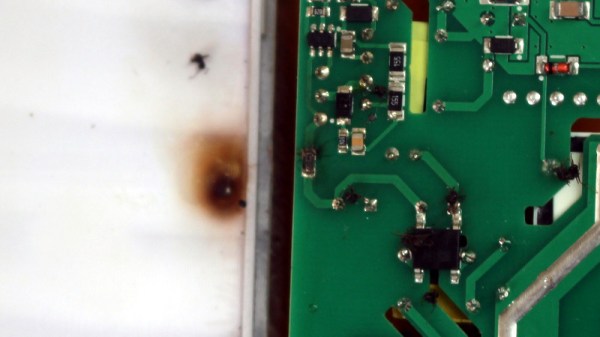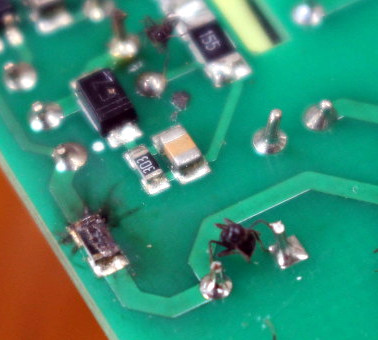If you’re reading this sentence, there’s a pretty good chance that you interact with electricity more than just as an end-user. You’re a hacker. You aren’t afraid of a few volts, and your projects may involve both DC and AC voltage. Depending on what you’re working on, you might even be dealing with several thousand volts. And it’s you who Big Clive made the video below the break for.
“Familiarity breeds contempt” as the old saying goes, and the more familiar we are with electronics, the more cavalier we may tend to get. If we allow ourselves to get too lax, we may be found working on live circuits, skimping on safety for the sake of convenience, or jokingly saying “safety third!” far too often as we tear into a hazardous situation without scoping it out first.
Who better to bring us down to earth than Big Clive. In this video, he explains how electricity has the potential to impede the beating of our hearts, the action of our lungs, and even break bones. You’ll find a candid discussion about what electric shock does to a person, how to avoid it, and how to help if someone near you suffers electric shock.
Of course, if safety isn’t your thing, then maybe you’re ready to Shake Hands With Danger.
Continue reading “The Unofficial Guide To (Avoiding) Electrocution”














